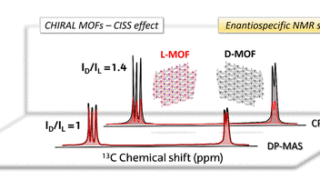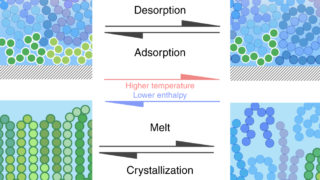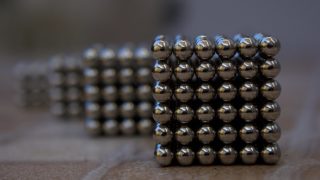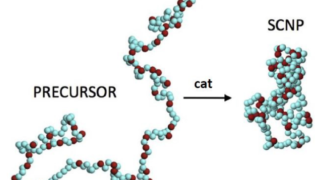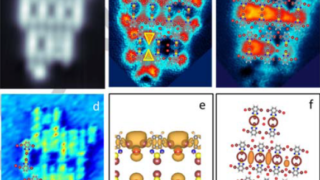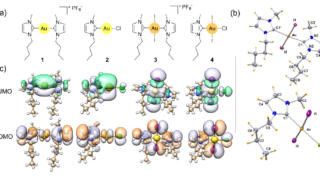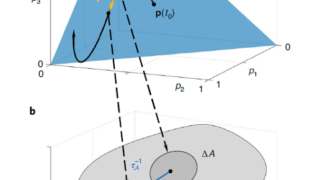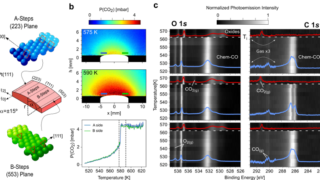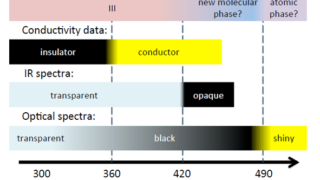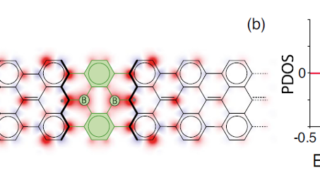
Magnetism in graphene nanoribbons induced by a pair of boron atoms
Graphene nanoribbons (GNRs), are strips of graphene with ultra-thin width (<50 nm). Graphene ribbons, introduced as a theoretical model by Mitsutaka Fujita and coauthors to examine the edge and nanoscale size effect in graphene, have emerged as a promising material for nano electronics, as they combine many of the extraordinary properties of graphene with a […]
